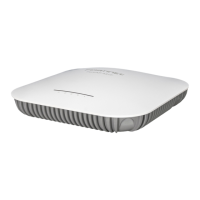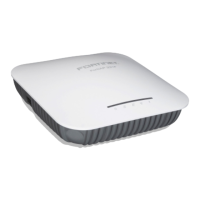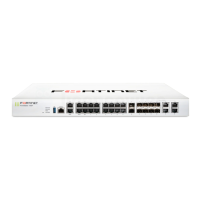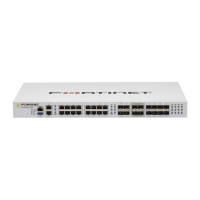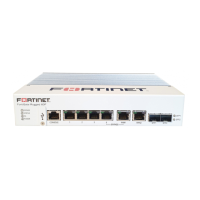1716
SFP Transceivers
6. Verify that the transceiver is latched correctly by grasping
the sides of the transceiver and trying to pull it out
without lowering the extraction lever.
If the transceiver cannot be removed, it is installed and
latched correctly.
If the transceiver can be removed, reinsert it and press
harder with your thumb.
If necessary, repeat this process until the transceiver is
securely latched into the cage socket.
To remove the SFP transceivers
1. Ensure that you are properly grounded.
2. If applicable, disconnect the fiber-optic cable from the
transceiver connector and install a clean dust plug in the
transceiver’s optical bores.
3. Pull the extraction lever out and down to eject the
transceiver. If you are unable to use your finger to open
the lever, use a small flat-head screwdriver or other
similar tool to open the lever.
4. Hold the sides of the transceiver and carefully pull it away
from the cage socket.
5. Replace the cap on the SFP cage socket and place the
removed SFP transceiver into an antistatic bag.
To install the SFP transceivers
1. Ensure that you are properly grounded.
2. Remove the caps from the SFP cage sockets on the
front panel of the unit.
3. Position the SFP transceiver in front of the cage socket
opening and ensure that the transceiver is correctly
oriented. When the transceiver is correctly oriented, the
extraction lever will be level with the socket latch.
Note: SFP cage socket orientation may vary. Ensure that
the SFP transceiver module is correctly oriented each
time that you are inserting a transceiver.
4. Hold the sides of the SFP transceiver and slide it into the
cage socket until it clicks into place.
5. Press the transceiver firmly into the cage socket with
your thumb.
Caution: SFP
transceivers are
static sensitive
devices. Use
an ESD wrist
strap or similar
grounding device
when handling
transceivers.
Do not force the
SFP transceivers
into the cage slots.
If the transceiver
does not easily
slide in and click
into place, it may
not be aligned
correctly or may
be upside down.
If this happens,
remove the SFP
transceiver, realign
it or rotate it and
slide it in again.
Note: Installing
and removing
SFP transceivers
can shorten their
useful life. Do not
install or remove
transceivers more
than is necessary.
Caution: Do not
install or remove
SFP transceivers
while fiber-optic
cables are still
attached. This can
cause damage
to the cables,
cable connectors,
and the optical
interfaces. It may
also prevent the
transceiver from
latching correctly
into the socket
connector.
Note: Follow
proper fiber-
optic handling
procedures when
installing and
removing
SFP transceivers
to ensure the
devices remain
clean and are not
damaged.
SFP Cage Sockets
Socket Latch
Transmit Optical Bore
Extraction Lever
Receive Optical Bore
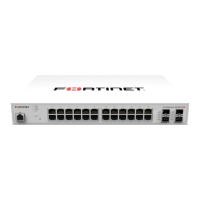
